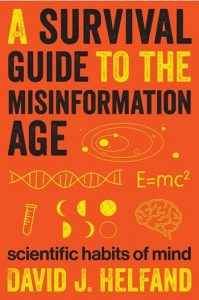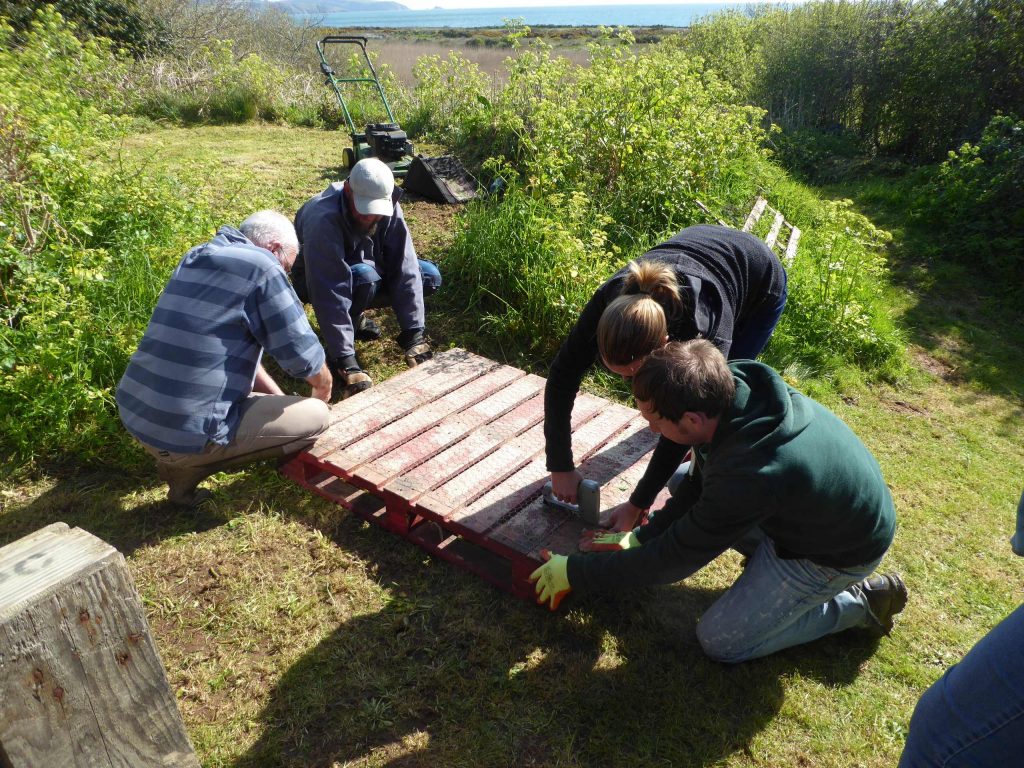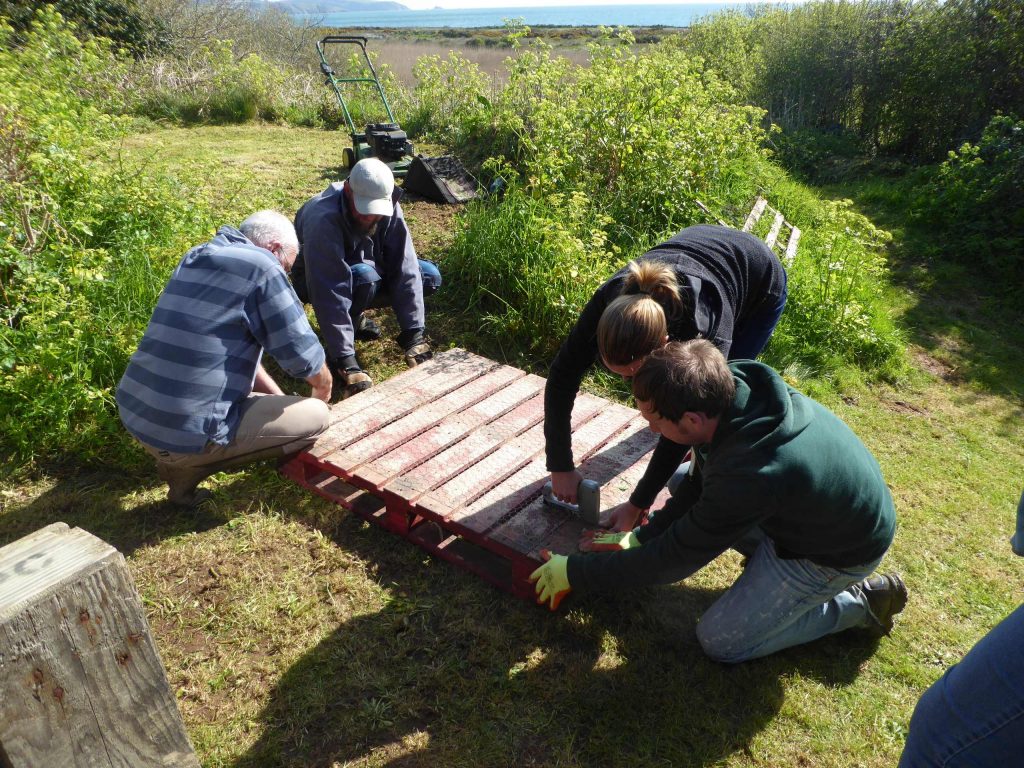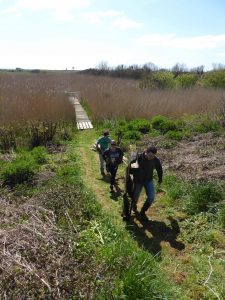This guide is designed to help you choose the best bird box, based on the species of bird that you are hoping to attract, or that you know can be found in your garden or other outdoor space. Species are organised alphabetically by common name, and for each one we have included information about the preferred type of box and siting location. You will also find a handy list of suitable boxes available from NHBS.
Barn Owl – Tyto alba
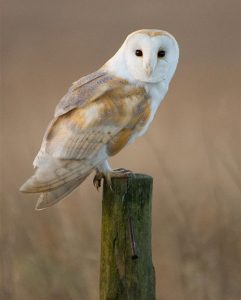
• Box type: Large box with entrance hole measuring at least 150 x 200mm. An exercise platform for young owls is also beneficial.
• Siting guidelines: At least 4m high in an undisturbed area, away from roads. Boxes can be installed inside a barn if there is a clear flight path to the entrance.
• Suitable boxes:
Barn Owl Nest Box
Eco Barn Owl Nest Box
Triangular Barn Owl Nest Box
Flat-Pack Barn Owl Nest Box
Blackbird – Turdus merula
• Box type: Medium box with platform-style front.
• Siting Guidelines: At least 1.5m high and preferably within a bush or shrub.
• Suitable boxes:
Blackbird FSC Nest Box
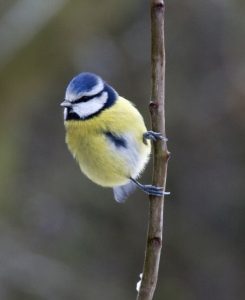
Blue Tit – Cyanistes caerulus
• Box type – Small box with 25mm entrance hole. Will also use boxes with a larger hole if there isn’t competition from larger birds.
• Siting guidelines – Trees and walls in gardens and woodland. 1-5m in height with a clear flight path. Avoid direct sunlight and busy areas of the garden.
• Suitable boxes:
Traditional Wooden Bird Nest Box with 25mm hole
Small Bird Nest Box with 25mm Hole
Apex Bird Box with 25mm Hole
Schwegler 1B Nest Box with 26mm Hole
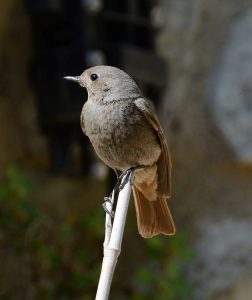
Black Redstart – Phoenicurus ochruros
• Box type: Small box with open front.
• Siting guidelines: At least 3m high in an urban area.
• Suitable boxes:
Schwegler 2HW Nest Box
WoodStone Build-in Open Nest Bo
Coal Tit – Periparus ater
• Box type: Small box with 25mm entrance hole. Will also use boxes with a larger hole if there isn’t competition from larger birds.
• Siting guidelines: Site boxes low to the ground unless predation from cats is a problem.
• Suitable boxes:
Traditional Wooden Bird Nest Box with 25mm hole
Small Bird Nest Box with 25mm Hole
Apex Bird Box with 25mm Hole
Schwegler 1B Nest Box with 26mm Hole
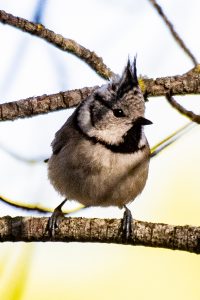
Crested Tit – Lophophanes cristatus
• Box type: Small box with 28mm entrance hole. Will also use boxes with a larger hole if there isn’t competition from larger birds.
• Siting guidelines: Trees and walls in garden or woodland. 1-5m in height with a clear flight path. There is some evidence to suggest that crested tits will only utilise boxes if they are filled with sawdust or wood shavings.
• Suitable boxes:
Vivara Pro Seville 28mm WoodStone Nest Box
Small Bird Nest Box with 28mm Hole
Apex Bird Box with 28mm Hole
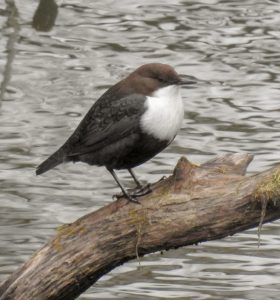
Dipper – Cinclus cinclus
• Box type: Medium box with open front.
• Siting guidelines: Adjacent to natural moving water.
• Suitable boxes:
No. 19 Schwegler Dipper and Pied Wagtail Nest Box
Eco Dipper and Wagtail Box
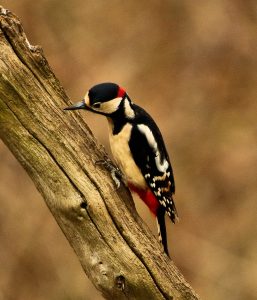
Great Spotted Woodpecker – Dendrocopos major
• Box type: Medium box with 50mm entrance hole.
• Siting guidelines: On a tree at a height of 3 – 5m. Boxes should be stuffed with soft material such as rotten wood or bark.
• Suitable boxes:
Woodpecker/Starling Nest Box
Woodpecker Box
Great Tit – Parus major
• Box type: Small box with 28mm entrance hole. Will also use boxes with a larger hole if there isn’t competition from larger birds.
• Siting guidelines: Trees and walls in gardens and woodland. 1-5m in height with a clear flight path.
• Suitable boxes:
Vivara Pro Seville 28mm WoodStone Nest Box
Small Bird Nest Box with 28mm Hole
Apex Bird Box with 28mm Hole

Green Woodpecker – Picus viridis
• Box type: Medium box with 60mm entrance hole.
• Siting guidelines: On a tree at a height of 3 – 5m. Boxes should be filled with soft material such as rotten wood or bark.
• Suitable boxes:
Large Bird Nest Box

Grey Wagtail – Motacilla cinerea
• Box type: Medium box with open front.
• Siting guidelines: On a wall (e.g. a bridge) near to fast flowing water.
• Suitable Boxes:
Eco Dipper and Wagtail Box
Vivara Pro Barcelona WoodStone Open Nest Box
Traditional Open Fronted Wooden Bird Nest Box

Hobby – Falco subbuteo
• Box type: Nesting Basket 40-50cm in diameter
• Siting guidelines: In the top of a tree near the edge of a wood, preferably overlooking farmland or wetland.
• Suitable Boxes:
Long-Eared Owl and Hobby Nesting Basket
Schwegler Nesting Baskets for Large Birds: 40cm Diameter
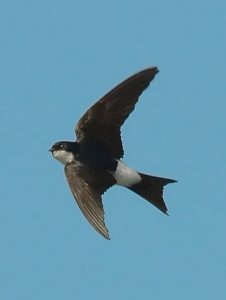
House Martin – Delichon urbica
• Box type: Bowl with narrow entrance.
• Siting guidelines: Directly beneath the eaves. Locations above windows and doors are often preferred, so a droppings board may be necessary.
• Suitable boxes:
House Martin Nests
Ceramic House Martin Bowl
Slide Out House Martin Apex Nest
House Sparrow – Passer domesticus
• Box type: Small box with 32mm entrance hole.
• Siting guidelines: On trees or buildings at a height of 2m or above. House sparrows are colonial nesters so multiple boxes can be sited near to each other, or terraced boxes used.
• Suitable boxes:
Schwegler 1B Nest Box with 32mm Hole
Schwegler 1MR Avianex
Traditional Wooden Bird Nest Box with 32mm Hole
Apex Bird Box with 32mm Hole
Vivara Pro WoodStone House Sparrow Nest Box
Starter Nest Box with 32mm Hole
Schwegler 1SP Sparrow Terrace
Sparrow Terrace Nest Box
House Sparrow Terrace FSC Nest Box
Build-in Terraced Sparrow Box
Jackdaw – Corvus monedula
• Box type: Large box with 150mm entrance hole.
• Siting guidelines: As high as possible on a building or tree (minimum 3m). Jackdaws are colonial nesters so several boxes may be placed close together.
• Suitable boxes:
Tawny Owl, Jackdaw and Stock Dove Nest Box
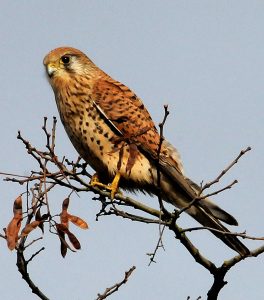
Kestrel – Falco tinnunculus
• Box type: Large box with open front.
• Siting guidelines: On a tree or building at a minimum height of 5m with a clear flight path to the entrance.
• Suitable boxes:
Kestrel Nest Box
Kestrel Open Nest Box
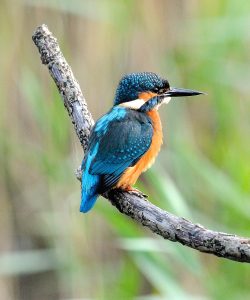
Kingfisher – Alcedo atthis
• Box type: Tunnel with rear nesting chamber.
• Siting guidelines: Buried in a vertical bank beside a slow-moving river or lake. Only the entrance should be visible and it should be at least one metre above the maximum water level. Filling the tunnel with sand will improve the chances of occupation. If possible, two tunnels should be placed together, at least 70cm apart.
• Suitable boxes:
Vivara Pro WoodStone Kingfisher Tunnel
Little Owl – Athene noctua
• Box type: Tubular box with a 70mm entrance hole and internal baffle to reduce light.
• Siting guidelines: On a horizontal branch at a minimum height of 3m.
• Suitable boxes:
Little Owl Apex Nest Box
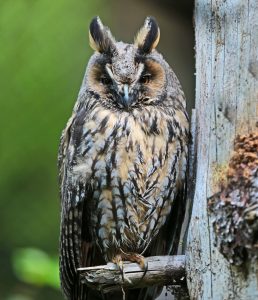
Long-eared Owl – Asio otus
• Box type: Nesting basket 30-40cm in diameter.
• Siting guidelines: Wire the basket into a tree at a minimum height of 4m. Line the bottom of the basket with small twigs.
• Suitable boxes:
Long-Eared Owl and Hobby Nesting Basket
Schwegler Nesting Baskets for Large Birds

Marsh Tit – Poecile palustris
• Box type: Small box with 25mm entrance hole.
• Siting guidelines: Site boxes low to the ground unless predation from cats is a problem.
• Suitable boxes:
Traditional Wooden Bird Nest Box with 25mm hole
Small Bird Nest Box with 25mm Hole
Apex Bird Box with 25mm Hole
Schwegler 1B Nest Box with 26mm Hole
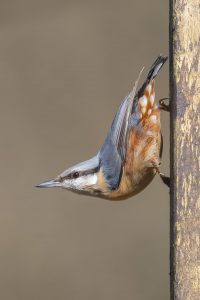
Nuthatch – Sitta europaea
• Box type: Small box with 32mm entrance hole.
• Siting guidelines: On a tree at a height of at least 3m and with a clear flight path.
• Suitable boxes:
Schwegler 1B Nest Box with 32mm Hole
Schwegler 1MR Avianex
Traditional Wooden Bird Nest Box with 32mm Hole
Apex Bird Box with 32mm Hole
Vivara Pro Seville 32mm WoodStone Nest Box
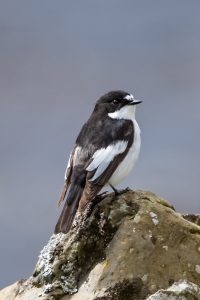
Pied Flycatcher – Ficedula hypoleuca
• Box type: Small box with 28mm entrance hole.
• Siting guidelines: In a woodland, preferably overlooking a glade. Boxes should be installed at a height of 2-4m. If competition with earlier nesting tits is a problem, the holes of several boxes may be blocked up until the flycatchers arrive.
• Suitable boxes:
Vivara Pro Seville 28mm WoodStone Nest Box
Small Bird Nest Box with 28mm Hole
Apex Bird Box with 28mm Hole
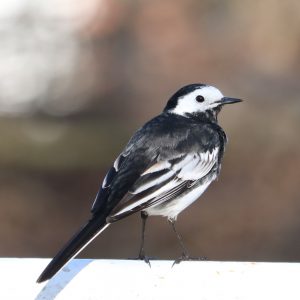
Pied Wagtail – Motacilla alba
• Box type: Small box with open front.
• Siting guidelines: On a tree or building at a height of up to 5m. Areas close to grassland and water preferable.
• Suitable boxes:
Eco Robin (open-Fronted) Nest Box
Apex Robin Box
Vivara Pro Barcelona WoodStone Open Nest Box
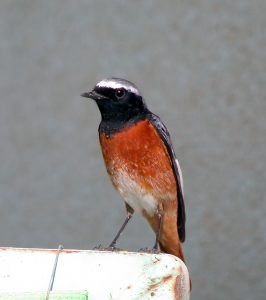
Redstart – Phoenicurus phoenicurus
• Box type: Small box with 40mm entrance hole.
• Siting guidelines: On trees near woodland or parkland at a height of 1-3m.
• Suitable boxes:
1N Schwegler Deep Nest Box
2HW Schwegler Nest Box
Robin – Erithacus rubecula
• Box type: Small box with open front.
• Siting guidelines: Bury the box in thick vegetation. Boxes can be low to the ground if predation by cats is not a problem.
• Suitable boxes:
2H Schwegler Robin Box
Robin and Wren FSC Nest Box
Robin Nest Box
Traditional Open Fronted Wooden Bird Nest Box
Sand Martin – Riparia riparia
• Box type: Tunnel, approximately 100mm in diameter
• Siting guidelines: Tunnels should be filled with sand and buried into an artificial or natural sandbank. (Banks should be vertical or slightly overhanging).
• Suitable boxes:
Sand Martin Nest Box
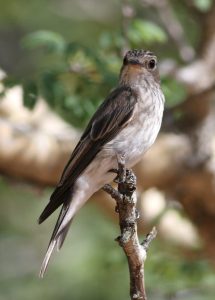
Spotted flycatcher – Muscicapa striata
• Box type: Small box with open front. Front panel should be fairly low.
• Siting guidelines: On a tree at a height of 2-4m and with a clear outlook (e.g. next to a lawn or woodland clearing). Alternatively on a building, nestled within ivy or other climbing plants.
• Suitable boxes:
Flatpack Bird Box – Open Front
Robin Nest Box
Starling – Sturnus vulgaris
• Box type: Medium box with 45mm entrance hole.
• Siting guidelines: On a tree or building at a minimum height of 2.5m. Starlings nest colonially so several boxes may be placed close together.
• Suitable boxes:
Woodpecker/Starling Nest Box
Large Bird Nest Box
Woodpecker Box
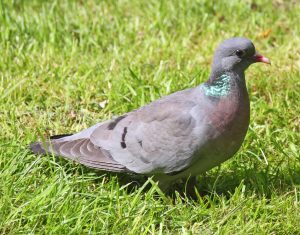
Stock Dove – Columba oenas
• Box type: Large box with 150mm entrance hole.
• Siting guidelines: At least 3m high on a tree overlooking open fields or in an open barn.
• Suitable boxes:
Tawny Owl, Jackdaw and Stock Dove Nest Box
Swallow – Hirundo rustica
• Box type: Open cup.
• Siting guidelines: Under ledge or rafters inside an outbuilding. Swallows nest colonially so several cups can be placed near to each other.
• Suitable boxes:
No. 10 Schwegler Swallow Nest
WoodStone Swallow Nest Bowl
Ceramic Swallow Bowl
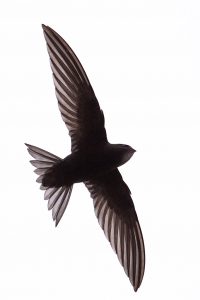
Swift – Apus apus
• Box type: Medium box with oval entrance (approx. 30 x 60mm). Where starlings are present, ensure the hole size is a maximum of 28mm in height.
• Siting guidelines: As high as possible either under the eaves of a building or in a loft space with access to the entrance through a wall or vent. A nesting mould or ring of plaited straw can be put into the box to encourage nest building.
• Suitable boxes:
WoodStone Swift Nest Box
No. 17A Schwegler Swift Nest Box (Triple Cavity)
FSC Wooden Swift Box
WoodStone Build-in Swift Nest Box Deep
Vivara Pro Cambridge Brick Faced Swift Nest Box
No. 17 Schwegler Swift Nest Box (Single Cavity)
No. 16 Schwegler Swift Box
Schwegler Lightweight Swift Box Type 1A
Tawny Owl – Strix aluco
• Box type: Large box or chimney-style box with 150mm entrance hole.
• Siting guidelines: On a tree at a height of at least 2.5m with a clear flight path (particularly below the box).
• Suitable boxes:
Tawny Owl Nest Box
Tawny Owl, Jackdaw and Stock Dove Nest Box
Tree Sparrow – Passer montanus
• Box type: Small box with 28mm hole.
• Siting guidelines: On a tree at a height of at least 2m. Tree sparrows will nest in groups so boxes can be placed near to one another.
• Suitable boxes:
Vivara Pro Seville 28mm WoodStone Nest Box
Small Bird Nest Box with 28mm Hole
Apex Bird Box with 28mm Hole
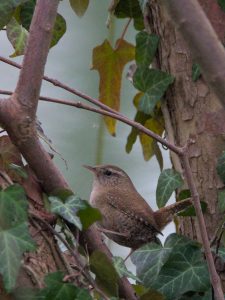
Wren – Troglodytes troglodytes
• Box type: Small box with open front.
• Siting guidelines: Well hidden in thick, preferably thorny, undergrowth.
• Suitable boxes:
Robin and Wren FSC Nestbox
Schwegler 1ZA Wren Roundhouse
Vivara Pro Barcelona WoodStone Open Nest Box

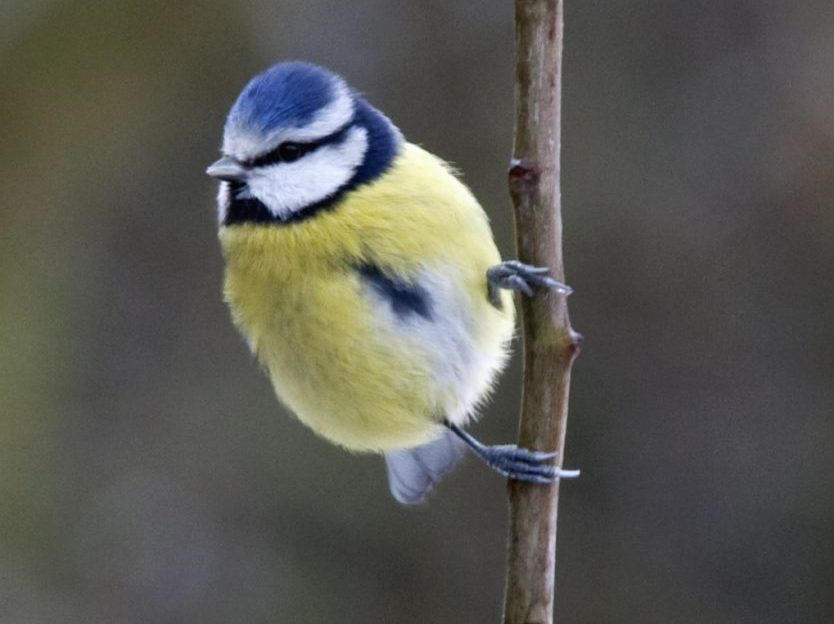

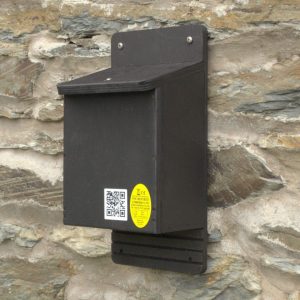

 2.
2. 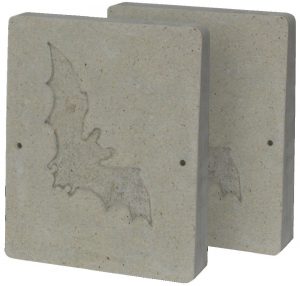


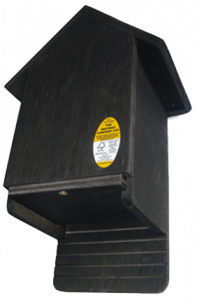
 7.
7. 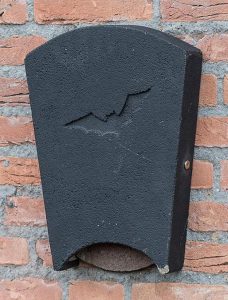
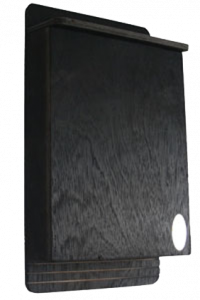
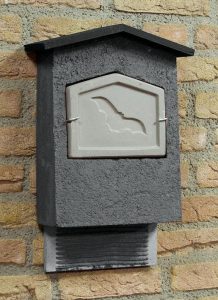
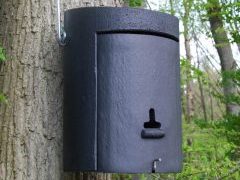

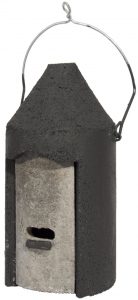

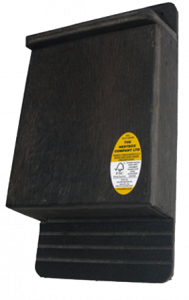
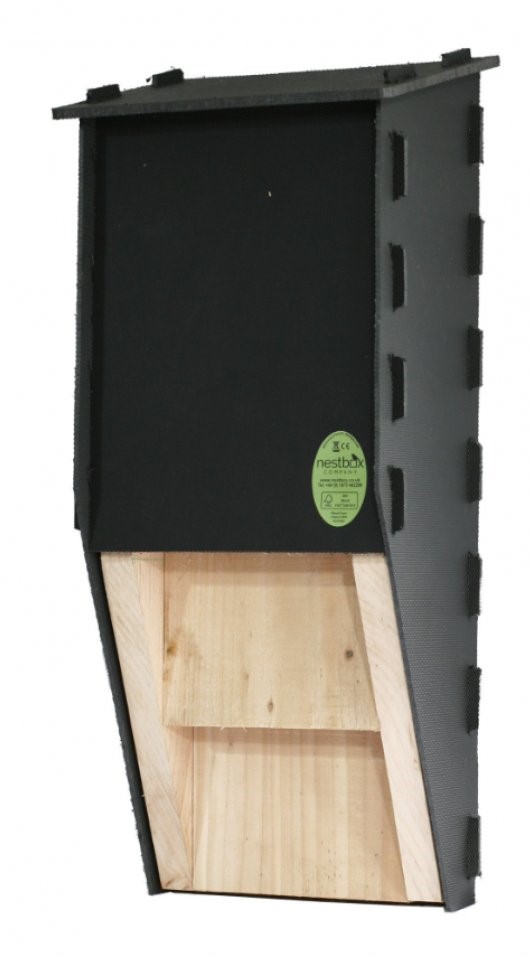 4.
4. 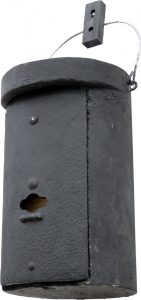
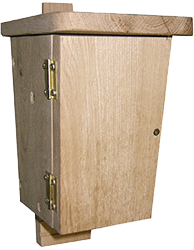


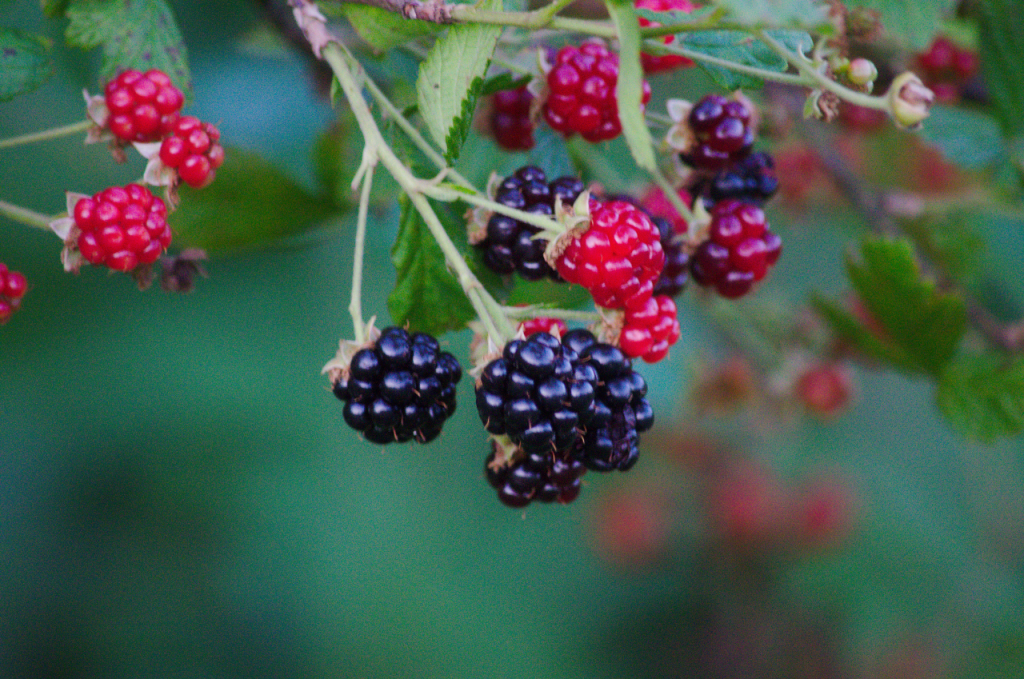
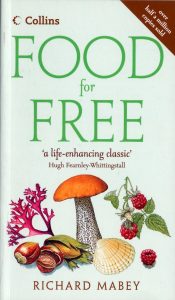


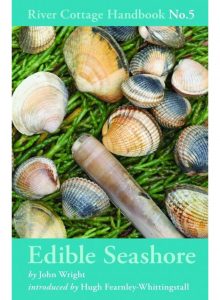

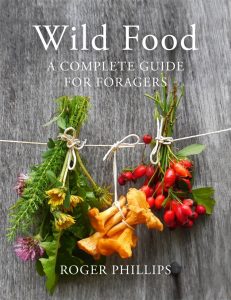
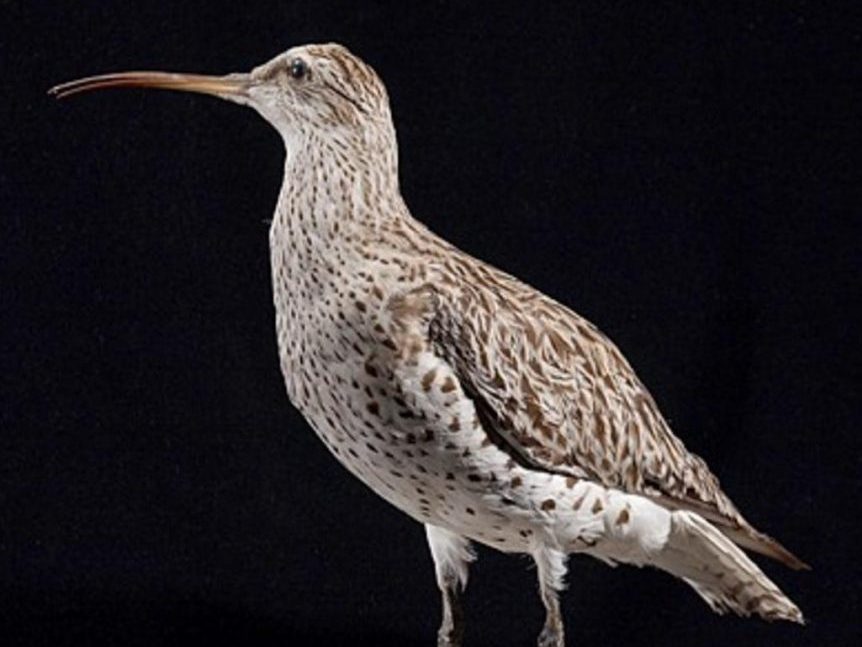

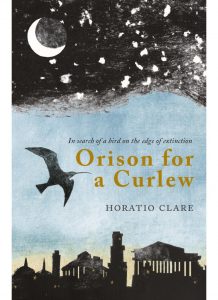


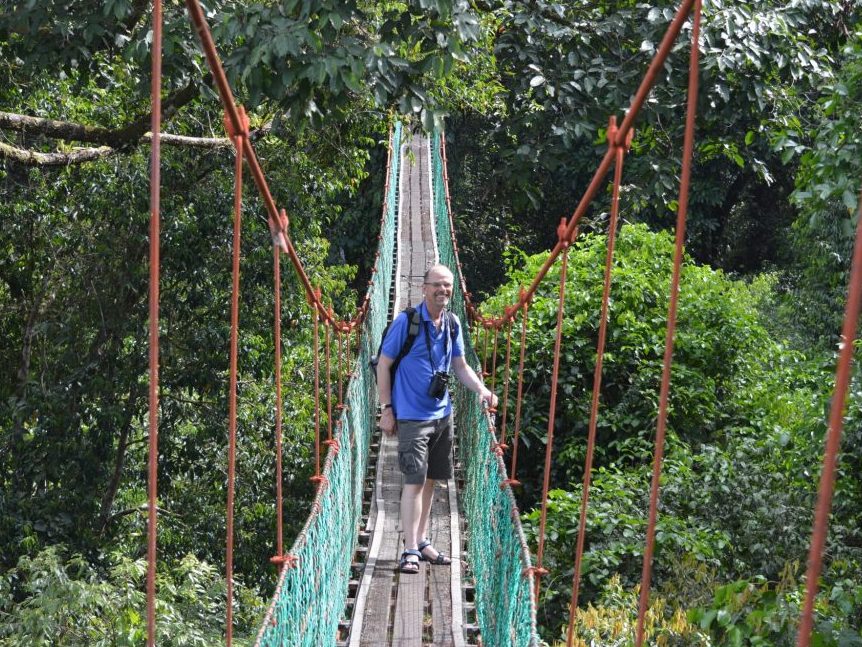

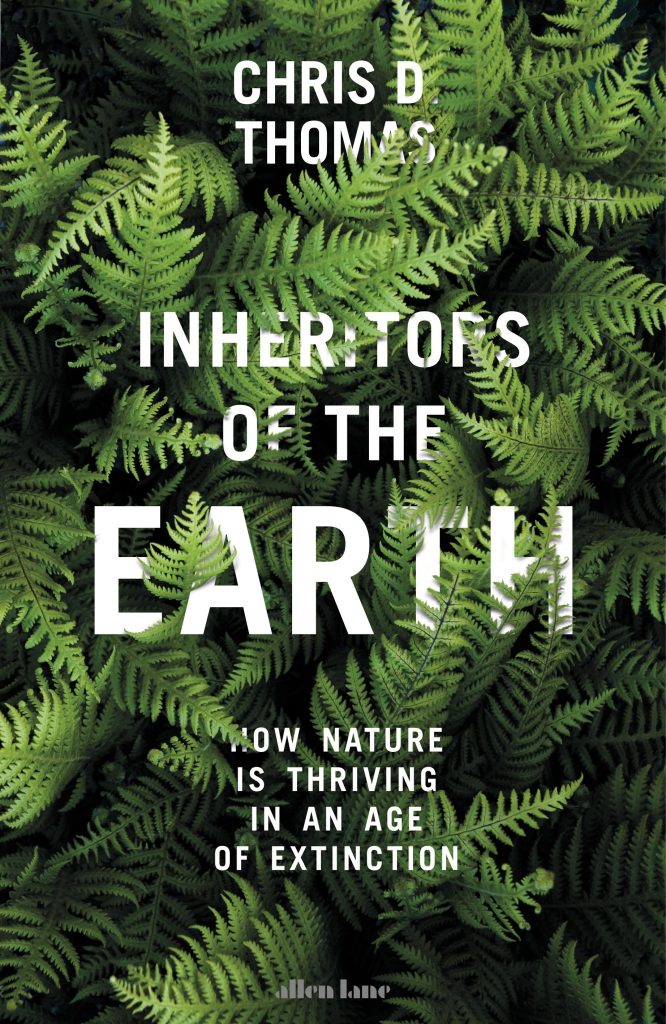
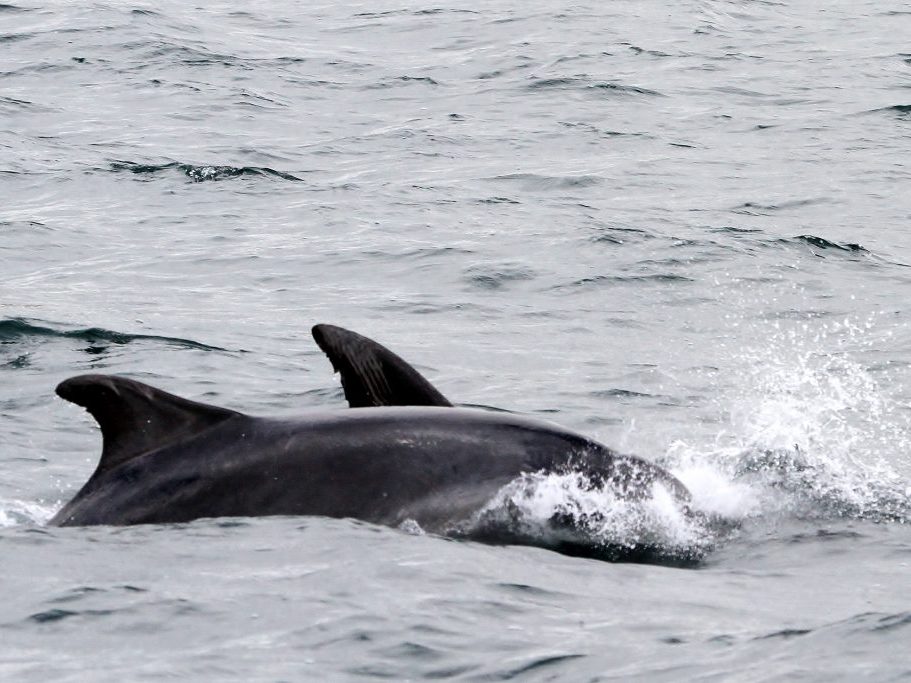
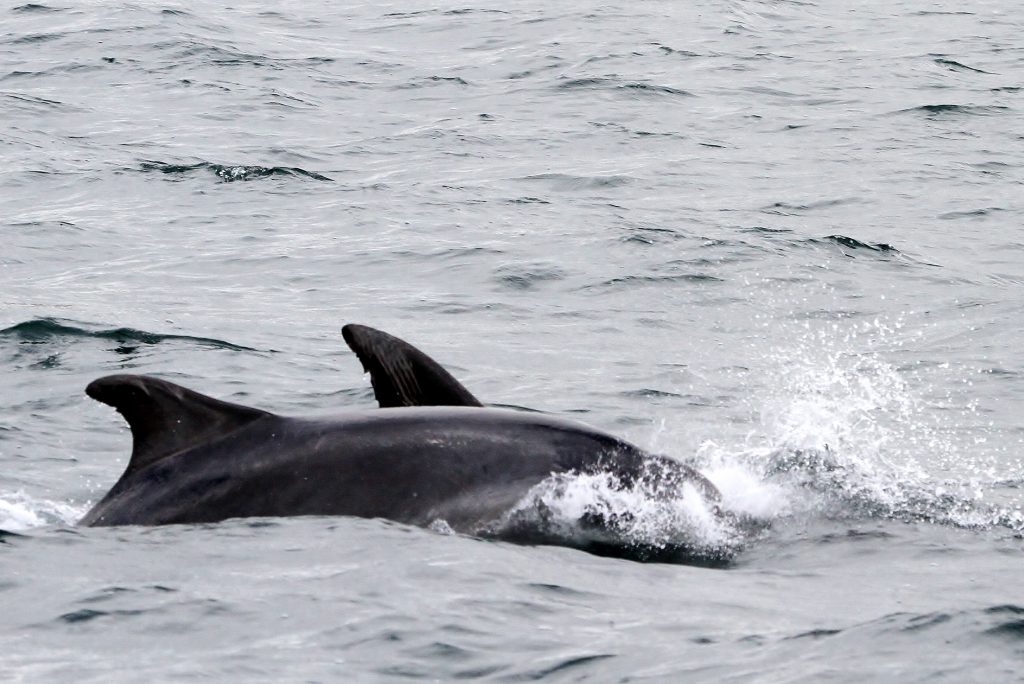


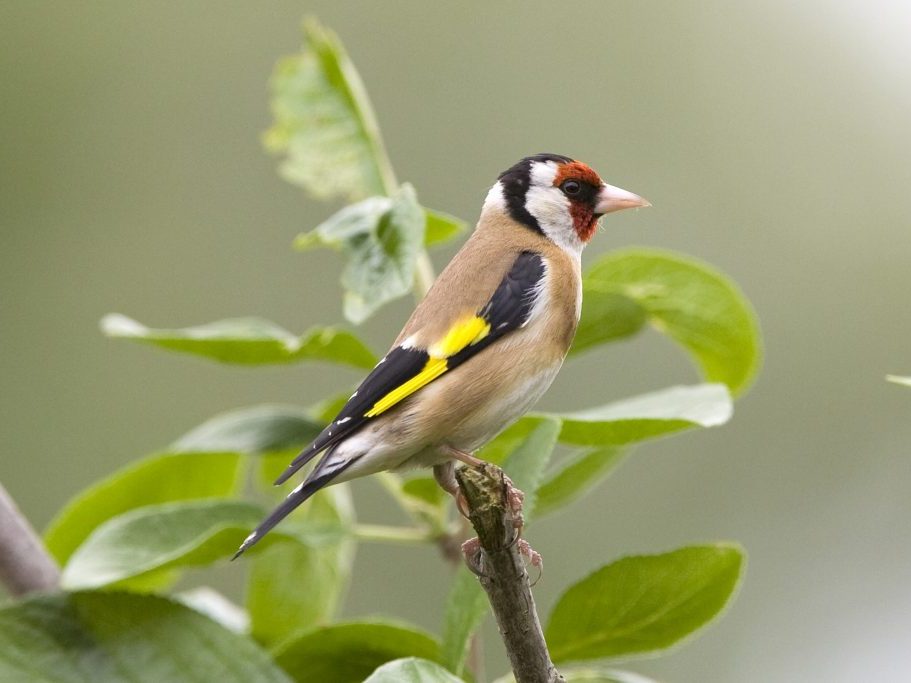
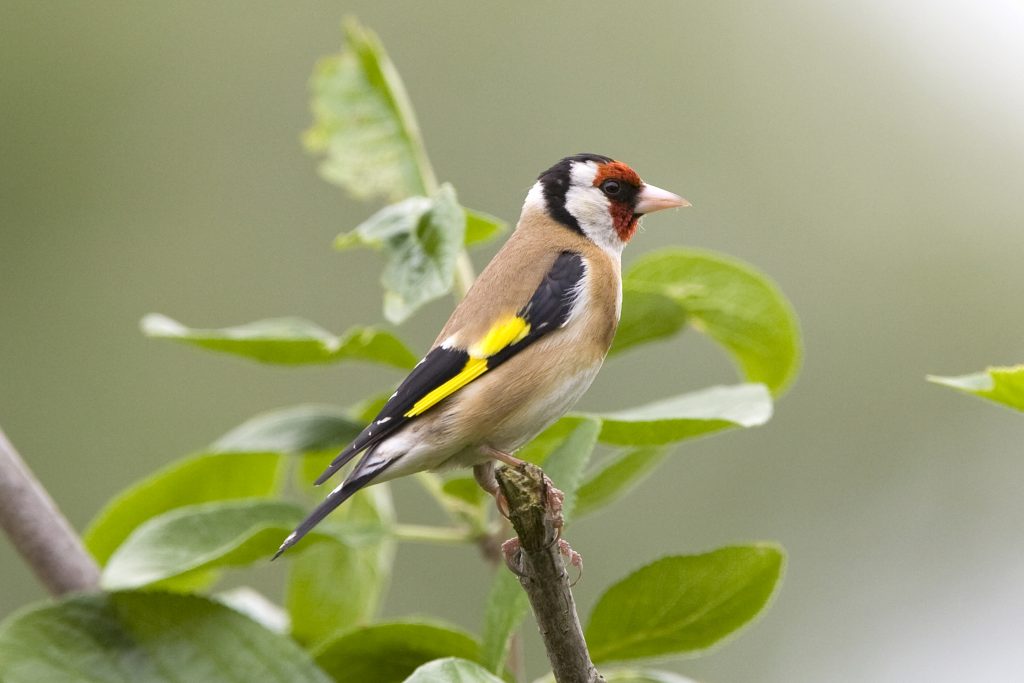

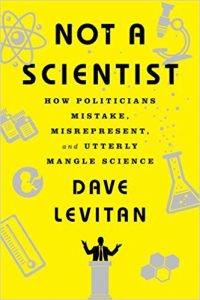 harmful effects of smoking. David Harker has written the first book-length analysis of this in
harmful effects of smoking. David Harker has written the first book-length analysis of this in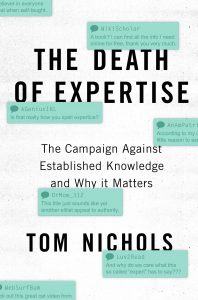

 his 2010 Ted Talk
his 2010 Ted Talk 
